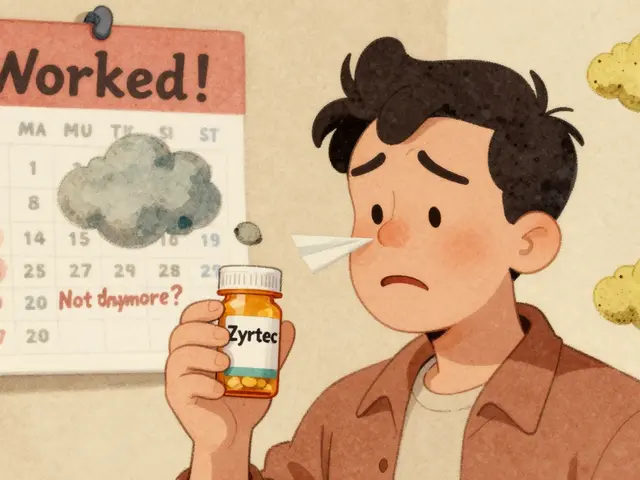Prophylactic Therapy for Hemophilia – A Practical Guide
If you or a loved one lives with hemophilia, you’ve probably heard the word “prophylaxis” tossed around. In plain terms, it means preventing bleeds before they happen. Instead of waiting for a joint bleed or a nasty bruise, patients get regular clotting factor infusions to keep the blood clotting when it needs to.
The idea grew from the simple fact that hemophilia patients bleed a lot because their blood can’t form a stable clot. Giving them the missing clotting factor on a set schedule helps maintain a steady level in the bloodstream. That steady level is the key to fewer hospital visits, less joint damage, and a more active life.
How the Therapy Works: Factor Replacement Basics
Most prophylactic regimens use either factor VIII (for hemophilia A) or factor IX (for hemophilia B). The medication comes as a powder that you mix with sterile water, then inject into a vein. Early on, patients needed to receive infusions three to four times a week, which sounded tough. Newer extended‑half‑life (EHL) products stay in the body longer, letting many people drop down to two infusions per week or even once‑weekly schedules.
Choosing the right product depends on your severity, lifestyle, and how your body reacts. Some people respond better to recombinant products (made in a lab), while others use plasma‑derived versions. Your doctor will run blood tests to see how long the factor stays at protective levels and then set a personalized dosing plan.
Home Infusion: Making It Work for You
Most modern hemophilia centers teach patients and caregivers how to do home infusions. The process is simple: clean the skin, attach a tiny needle or use an infusion set, and push the factor in at a slow, steady rate. Many people find a quiet corner of the house, put on some music, and treat the infusion like a short daily ritual.
Key tips for safe home infusions:
- Always wash your hands and use sterile equipment.
- Rotate infusion sites to avoid bruising.
- Keep a log of dates, doses, and any side effects.
- Store factor concentrates in the fridge, but let them reach room temperature before use.
Having a reliable infusion kit on hand also means you’re ready for unexpected injuries. If you get a cut or a bump, a quick dose can stop a bleed before it spreads.
Adherence is the biggest challenge. Skipping doses can drop factor levels, making bleeds more likely. Set reminders on your phone, involve family members, and talk openly with your care team about any barriers.
Beyond traditional factor replacement, the field is evolving. Non‑factor therapies like emicizumab (a bispecific antibody) mimic factor VIII’s function and only need a subcutaneous injection every week or month. Gene therapy trials are also showing promise, aiming for a one‑time treatment that could reduce or eliminate the need for regular infusions.
While these advances are exciting, most patients still rely on regular prophylaxis. The bottom line: keep factor levels steady, stay on schedule, and watch out for signs of an emerging bleed (pain, swelling, warmth). Early treatment, even at home, can keep joints healthy and let you enjoy sports, work, or hobbies without constant worry.
Prophylactic therapy isn’t a one‑size‑fits‑all plan, but it’s the best tool we have to turn hemophilia from a daily battle into a manageable condition. Talk to your hemophilia treatment center, ask about extended‑half‑life options, and build a routine that fits your life. With the right approach, bleeding episodes become the exception, not the rule.
Why Early Diagnosis Matters in Hemophilia - Risks, Tests & Treatment
Discover how early diagnosis of hemophilia saves lives, cuts complications, and opens doors to effective treatments like prophylactic therapy and gene therapy.





